Ultimate Guide: How to Prevent Root Rot in Pots Without Drainage Holes?

Preventing root rot in potted plants without drainage holes can be a daunting challenge for gardeners. While many plants thrive in containers, the lack of drainage can lead to excess moisture, creating a breeding ground for harmful pathogens. In this ultimate guide, we will delve into practical solutions and innovative techniques to keep your plants healthy and thriving. From choosing the right soil to understanding watering needs, we’ll explore essential strategies that will help you maintain optimal conditions for your beloved greenery. Whether you're a seasoned plant parent or a novice, this guide will equip you with the knowledge to keep root rot at bay.
- How to Effectively Prevent Root Rot in Pots Without Drainage Holes
- What is the best thing to put in the bottom of pots for drainage?
- What to put in the bottom of an outdoor planter without drainage holes?
- How to stop root rot in potted plants?
- Questions from Our Readers
- How can I ensure proper watering to prevent root rot in pots without drainage holes?
- What types of soil should I use to minimize the risk of root rot?
- Are there specific plants that are more tolerant of being in pots without drainage holes?
- What preventive measures can I take to improve air circulation in my pot?
How to Effectively Prevent Root Rot in Pots Without Drainage Holes
Preventing root rot in pots without drainage holes requires careful attention to watering practices, soil choice, and plant selection. To mitigate the risk, consider using a well-draining soil mix specifically designed for container gardening, which can help ensure that excess moisture doesn’t accumulate. Water your plants only when the top inch of soil feels dry to the touch, and always do so gradually to allow for proper absorption. Additionally, placing small rocks or hydrogel crystals at the bottom of the pot can help promote drainage, as they create a barrier that prevents roots from sitting in water. Lastly, choosing plants that are resistant to overwatering or that thrive in such conditions can also be beneficial, creating a healthier environment for your greenery.
Use Well-Draining Soil
When dealing with pots without drainage holes, selecting a well-draining soil is vital. A mix containing components like perlite, coconut coir, and sand can enhance aeration and water retention without suffocating the roots. Avoid heavy, clay-based soils, as they tend to retain moisture and can lead to root rot over time. Opting for specialized potting mixes formulated for containers can provide the right balance of drainage and moisture retention, keeping your plant's root system healthy and thriving.
Monitor Watering Frequency
To prevent root rot, it’s crucial to monitor the watering frequency to avoid over-saturation. The absence of drainage holes means that any excess water cannot escape, so it’s best to water only when the soil surface feels dry. Check the moisture level using your finger or a moisture meter, and adjust your watering schedule based on the plant's specific needs and environmental factors like humidity and temperature. This careful approach to watering helps maintain an equilibrium, reducing the chances of waterlogged conditions.
Add Drainage Aids
Incorporating drainage aids at the base of your pot can significantly reduce the rate at which water accumulates. Options such as small stones, pebbles, or hydrogel crystals can create a barrier that allows excess water to move away from roots, preventing any potential water pooling. These materials create a pocket for water and help to manage moisture levels, ensuring that the roots are not sitting in constantly wet soil.
Select Appropriate Plants
Choosing the right plants plays an important role in preventing root rot, especially in pots lacking drainage. Tolerant plants that thrive in more humid environments, such as certain types of succulents or tropical species, might fare better in these conditions. Researching which plants are more resistant to overwatering can help you make decisions that suit your potting situation, thereby enhancing growth and overall plant health while minimizing the risk of root damage.
Use Moisture Control Products
To further aid in preventing root rot, consider employing moisture control products that can help manage water levels within the soil. Products like soil moisture retardants or moisture-absorbing polymers help regulate the water within the soil structure. They absorb excess moisture and release it gradually, which can be particularly beneficial in pots without drainage holes as it minimizes the chances of root suffocation due to excess water retention.
| Component | Function | Benefit |
|---|---|---|
| Well-Draining Soil | Enhances aeration | Prevents waterlogging |
| Rocks/Pebbles | Facilitates drainage | Minimizes root exposure to excess water |
| Hydrogel Crystals | Absorbs and retains moisture | Regulates water levels |
| Moisture Control Products | Balances soil moisture | Prevents root rot |
What is the best thing to put in the bottom of pots for drainage?

To ensure proper drainage in pots, it's essential to use materials at the bottom that enhance water flow and prevent root rot. The best thing to put in the bottom of pots for drainage often includes a mix of materials that facilitate adequate drainage while also allowing for air circulation. Here are some of the most effective options:
Why Drainage is Important
Proper drainage is crucial for plant health. It prevents waterlogging, which can lead to root rot and fungal infections. Here are some key points on why drainage matters:
- Promotes healthy root growth by ensuring roots receive adequate oxygen.
- Prevents excess moisture accumulation, which can harbor pests and diseases.
- Aids in nutrient absorption by preventing the soil from drowning out nutrients.
Using Gravel or Pebbles
Gravel or pebbles are one of the most common choices for enhancing drainage in pots. Their structure allows water to flow freely while still offering some support to the soil. Consider these advantages:
See also: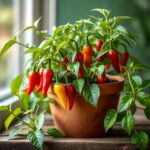
- Weight: Helps stabilize the pot when placed outdoors.
- Airflow: Improves aeration in heavy soil mixtures.
- Cost-effective: Generally inexpensive and widely available.
Lecca Clay Balls
Lecca clay balls, or expanded clay pellets, are another excellent option for drainage. They provide a lightweight alternative and contribute to aeration. Here are some benefits:
- Reusable: Can be washed and reused for multiple planting occasions.
- Moisture retention: Holds moisture without becoming overly saturated.
- pH-neutral: Does not affect the soil pH, making it safe for all types of plants.
Charcoal for Odor Control
Adding charcoal at the bottom of pots not only enhances drainage but also helps manage odors. Here are its key properties:
- Absorbent: Helps absorb excess moisture and odors.
- Aeration: Improves air circulation within the pot.
- Natural: Organic and safe for plant use.
Plastic or Foam Inserts
Using plastic or foam inserts can be a practical way to create drainage layers. These materials can be customized and allow for excellent drainage:
- Lightweight: Reduces the overall weight of the pot when moving it.
- Adaptable: Can be cut to fit various pot sizes and shapes.
- Moisture management: Helps manage soil and drain excess water effectively.
Landscape Fabric or Mesh
Incorporating landscape fabric or mesh at the bottom of pots can prevent soil from escaping while allowing water to drain. Here are the benefits of using this method:
- Soil retention: Keeps soil contained while allowing water to flow out easily.
- Versatile: Suitable for various pot styles and types.
- Durable: Provides long-lasting support and drainage without breaking down quickly.
What to put in the bottom of an outdoor planter without drainage holes?
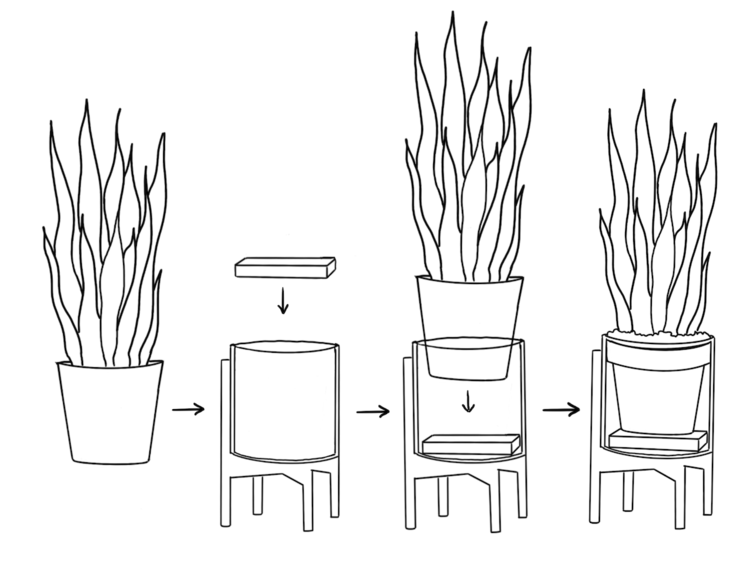
To prevent water from accumulating at the bottom of an outdoor planter without drainage holes, it’s essential to use suitable materials that promote proper water management. Here’s a guide on what to put at the bottom of your planter to ensure that your plants thrive.
Use Lightweight Materials
Using lightweight materials can facilitate air circulation and help with drainage. Consider the following options:
- Perlite: This volcanic glass is great for improving soil aeration.
- Expanded Clay Pellets: They are porous and provide an excellent drainage layer.
- Peat Moss: While it retains moisture, it helps maintain a suitable level of dampness.
Incorporate Rocks or Gravel
Adding rocks or gravel can help create a drainage layer that prevents soil from getting too soggy. Consider these points:
- Small Pebbles: They allow excess water to escape while preventing soil from washing away.
- Gravel: A thicker layer of gravel can provide a more robust barrier against water accumulation.
- River Rocks: These can also add aesthetic appeal while serving a functional purpose.
Add a Fabric Barrier
Using a fabric barrier can help separate the soil from the drainage layer without hindering moisture retention. Here are some options:
- Landscape Fabric: It allows water to pass through while preventing soil erosion.
- Coconut Coir Liners: These are biodegradable and also offer a community-friendly option.
- Old T-shirts or Burlap: Repurposing fabric can create a cost-effective barrier for drainage.
Consider a Layer of Sand
Using sand creates a unique drainage solution that can benefit certain types of plants. Here’s what to know:
- Coarse Sand: This type allows for better drainage than fine sand, preventing clogging.
- Mixing Sand with Soil: Creating a mix can help improve drainage properties.
- Sand as a Top Layer: It can prevent surface runoff while still allowing for moisture retention below.
Install a Water-Wicking System
If you want to go a step further, consider a water-wicking system to manage moisture levels efficiently. The following can be effective:
See also: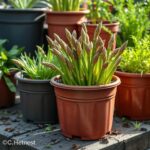
- Wicking Rods: These can help draw water from the bottom to the top of the soil.
- Capillary Mats: Placing these under the soil can help distribute water evenly.
- DIY Wicking Solutions: Use cotton rope or similar materials to draw moisture where needed.
How to stop root rot in potted plants?
To stop root rot in potted plants, it is essential to understand its causes and implement preventive measures. Root rot is typically caused by overwatering and poor drainage, leading to fungal diseases that attack plant roots. Here’s how you can effectively stop root rot:
Understanding Root Rot
Root rot is a fungal infection that affects plants when their roots are deprived of oxygen due to excessive moisture in the soil. This condition can lead to wilting, yellowing of leaves, and ultimately plant death if not addressed promptly. Common fungi like Pythium and Phytophthora thrive in wet environments, making it crucial to recognize the signs early on.
- Wilting despite wet soil
- Brown or mushy roots when inspected
- Foul odor emanating from the soil
Improve Soil Drainage
To combat root rot, enhancing the drainage capability of the potting soil is vital. You can achieve this by choosing a mix that promotes proper drainage and aeration. Consider adding perlite or sand to your potting mix to improve its structure.
- Choose high-quality potting soil with good drainage properties.
- Add perlite or coarse sand to increase aeration.
- Utilize pots with adequate drainage holes to prevent water accumulation.
Watering Practices
Proper watering techniques are essential in preventing root rot. Overwatering is the primary cause of this issue, so adjusting your watering schedule based on the needs of your plants can make a significant difference.
- Check soil moisture before watering; allow the top inch to dry out.
- Water deeply but less frequently to encourage deep root growth.
- Use pots with drainage holes to avoid water retention at the bottom.
Handling Infected Plants
If a plant shows signs of root rot, quick action is crucial to save it. Removing the plant from its pot and treating the roots can help restore its health.
- Gently remove the plant from the pot while avoiding damage to the roots.
- Trim away any blackened or mushy roots with sterilized scissors.
- Repot the plant in fresh, sterile soil and a clean pot.
Fungicidal Treatment
In severe cases of root rot, using a fungicide may be necessary to eliminate fungal pathogens in the soil. However, it should be seen as a last resort after improving cultural practices.
- Select a fungicide that specifically targets root rot fungi.
- Follow the manufacturer's instructions for application rates and methods.
- Continue monitoring plant health after treatment to ensure recovery.
Questions from Our Readers
How can I ensure proper watering to prevent root rot in pots without drainage holes?
To prevent root rot in pots without drainage holes, it is essential to control watering practices. Only water the plant when the top inch of the soil feels dry, and consider using a moisture meter to avoid overwatering. It's crucial to provide just enough water to keep the soil moist, but never saturated.
What types of soil should I use to minimize the risk of root rot?
When choosing soil for pots without drainage holes, use a well-draining mix such as a combination of potting soil, perlite, or sand. These components will enhance aeration and allow excess moisture to evaporate more efficiently, reducing the chances of creating a conducive environment for root rot.
Are there specific plants that are more tolerant of being in pots without drainage holes?
Yes, some plants are more tolerant of being in pots without drainage holes and include succulents, cacti, and certain foliage plants like snake plants and ZZ plants. These plants can thrive in more moisture-retaining conditions, but it's still important to monitor moisture levels closely to prevent overwatering.
What preventive measures can I take to improve air circulation in my pot?
To improve air circulation in pots without drainage holes, you can try mixing perlite or lava rock into the soil, which improves both drainage and aeration. Additionally, placing the pot on a raised surface or using a plant stand can help foster better airflow around the pot, mitigating the risk of root rot.
See also: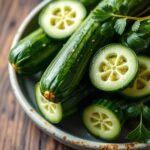

If you want to read more articles like Ultimate Guide: How to Prevent Root Rot in Pots Without Drainage Holes?, we recommend you check out our Pots category.
Leave a Reply
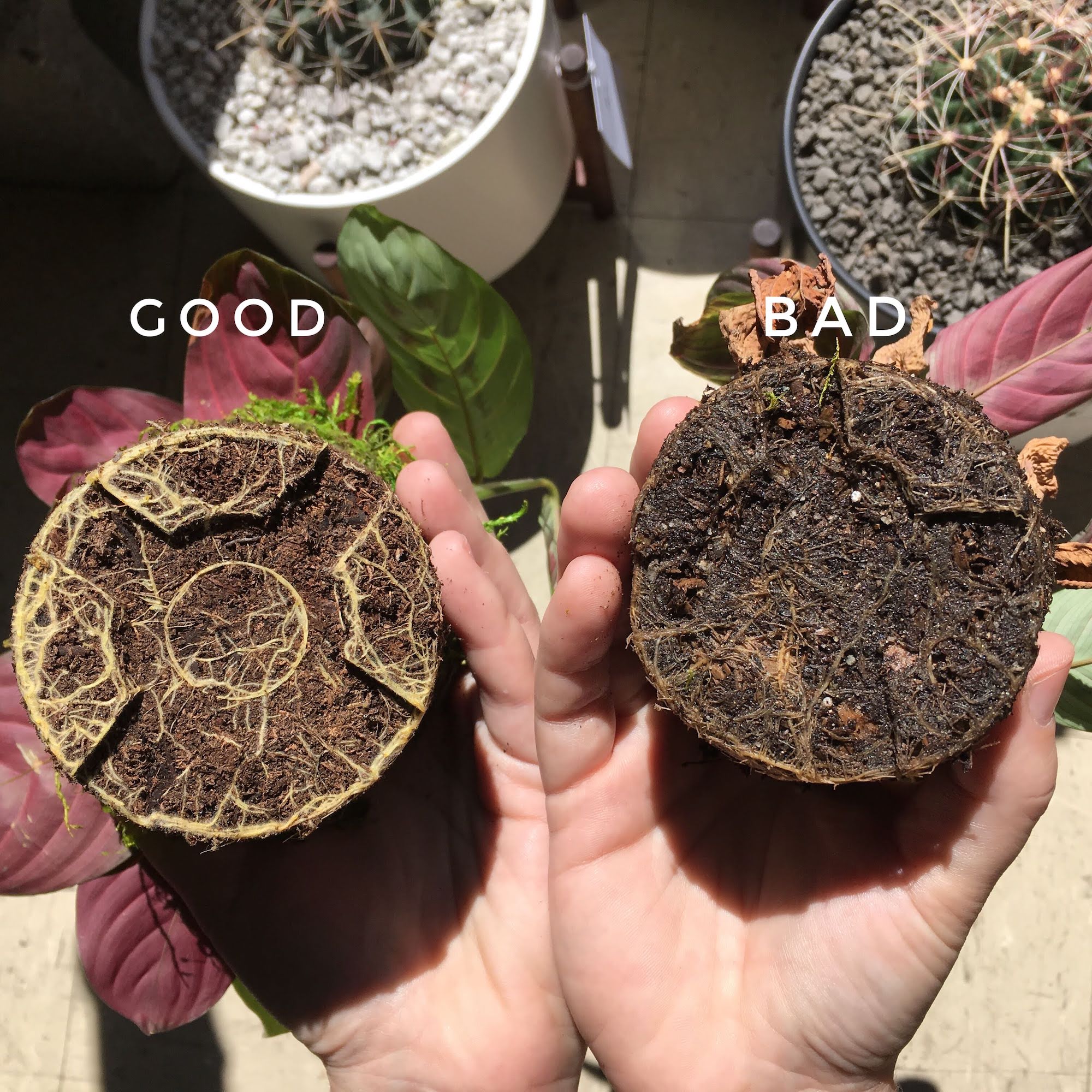
Related Articles